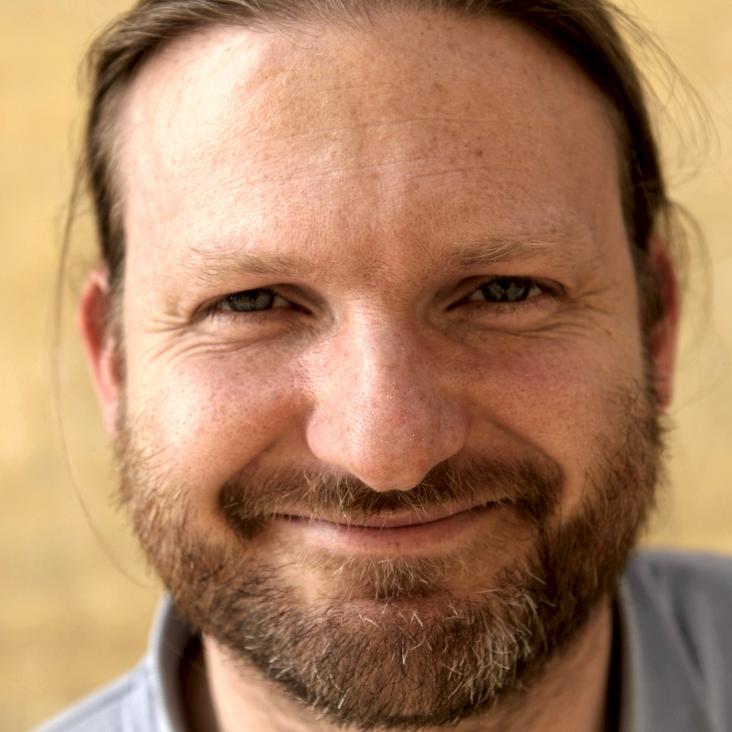Coordinated hubble space telescope and Venus express observations of Venus' upper cloud deck
Icarus Elsevier 258 (2015) 309-336
Authors:
KL Jessup, E Marcq, F Mills, A Mahieux, S Limaye, Colin Wilson, M Allen, J-L Bertaux, W Markiewicz, T Roman, A-C Vandaele, V Wilquet, Y Yung
Abstract:
Hubble Space Telescope Imaging Spectrograph (HST/STIS) UV observations of Venus' upper cloud tops were obtained between 20N and 40S latitude on December 28, 2010; January 22, 2011 and January 27, 2011 in coordination with the Venus Express (VEx) mission. The high spectral (0.27nm) and spatial (40-60km/pixel) resolution HST/STIS data provide the first direct and simultaneous record of the latitude and local time distribution of Venus' 70-80km SO and SO2 (SOx) gas density on Venus' morning quadrant. These data were obtained simultaneously with (a) VEx/SOIR occultation and/or ground-based James Clerk Maxwell Telescope sub-mm observations that record respectively, Venus' near-terminator SO2 and dayside SOx vertical profiles between ~75 and 100km; and (b) 0.36μm VEx/VMC images of Venus' cloud-tops. Updating the (Marcq, E. et al. [2011]. Icarus 211, 58-69) radiative transfer model SO2 gas column densities of ~2-10μm-atm and ~0.4-1.8μm-atm are retrieved from the December 2010 and January 2011 HST observations, respectively on Venus' dayside (i.e., at solar zenith angles (SZA)<60°); SO gas column densities of 0.1-0.11μm-atm, 0.03-0.31μm-atm and 0.01-0.13μm-atm are also retrieved from the respective December 28, 2010, January 22, 2011 and January 27, 2011 HST observations. A decline in the observed low-latitude 0.24 and 0.36μm cloud top brightness paralleled the declining SOx gas densities. On December 28, 2010 SO2 VMR values ~280-290ppb are retrieved between 74 and 81km from the HST and SOIR data obtained near Venus' morning terminator (at SZAs equal to 70° and 90°, respectively); these values are 10× higher than the HST-retrieved January 2011 near terminator values. Thus, the cloud top SO2 gas abundance declined at all local times between the three HST observing dates. On all dates the average dayside SO2/SO ratio inferred from HST between 70 and 80km is higher than that inferred from the sub-mm the JCMT data above 84km confirming that SOx photolysis is more efficient at higher altitudes. The direct correlation of the SOx gases provides the first clear evidence that SOx photolysis is not the only source for Venus' 70-80km sulfur reservoir. The cloud top SO2 gas density is dependent in part on the vertical transport of the gas from the lower atmosphere; and the 0.24μm cloud top brightness levels are linked to the density of the sub-micron haze. Thus, the new results may suggest a correlation between Venus' cloud-top sub-micron haze density and the vertical transport rate. These new results must be considered in models designed to simulate and explore the relationship between Venus' sulfur chemistry cycle, H2SO4 cloud formation rate and climate evolution. Additionally, we present the first photochemical model that uniquely tracks the transition of the SO2 atmosphere from steady to non-steady state with increasing SZA, as function of altitude within Venus' mesosphere, showing the photochemical and dynamical basis for the factor of ~2 enhancements in the SOx gas densities observed by HST near the terminator above that observed at smaller SZA. These results must also be considered when modeling the long-term evolution of Venus' atmospheric chemistry and dynamics.


